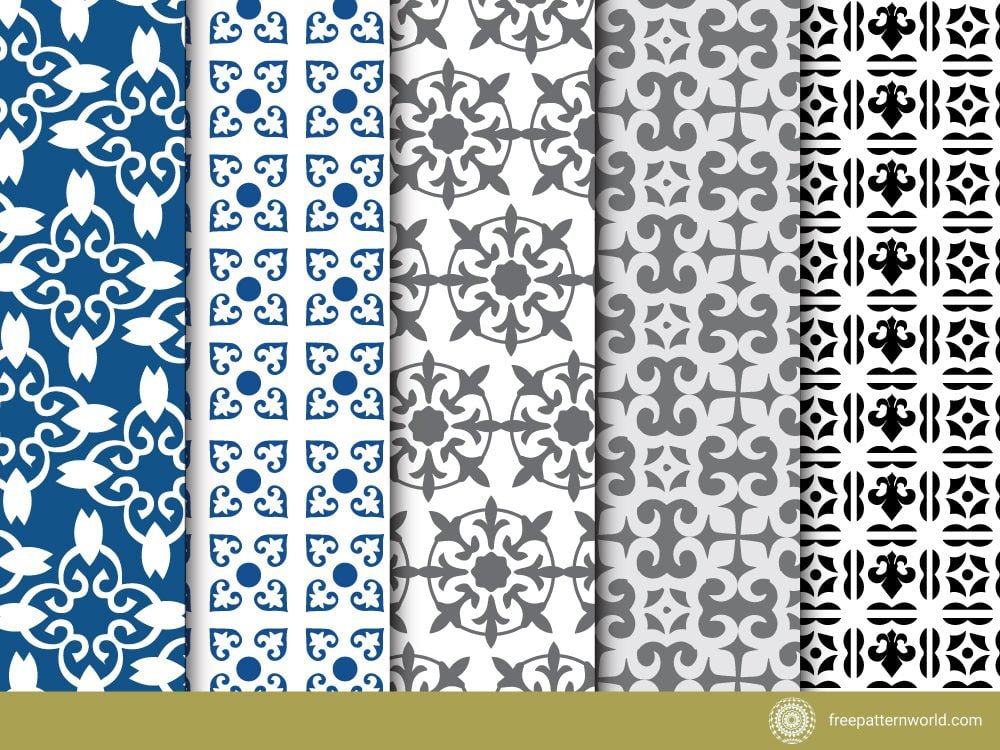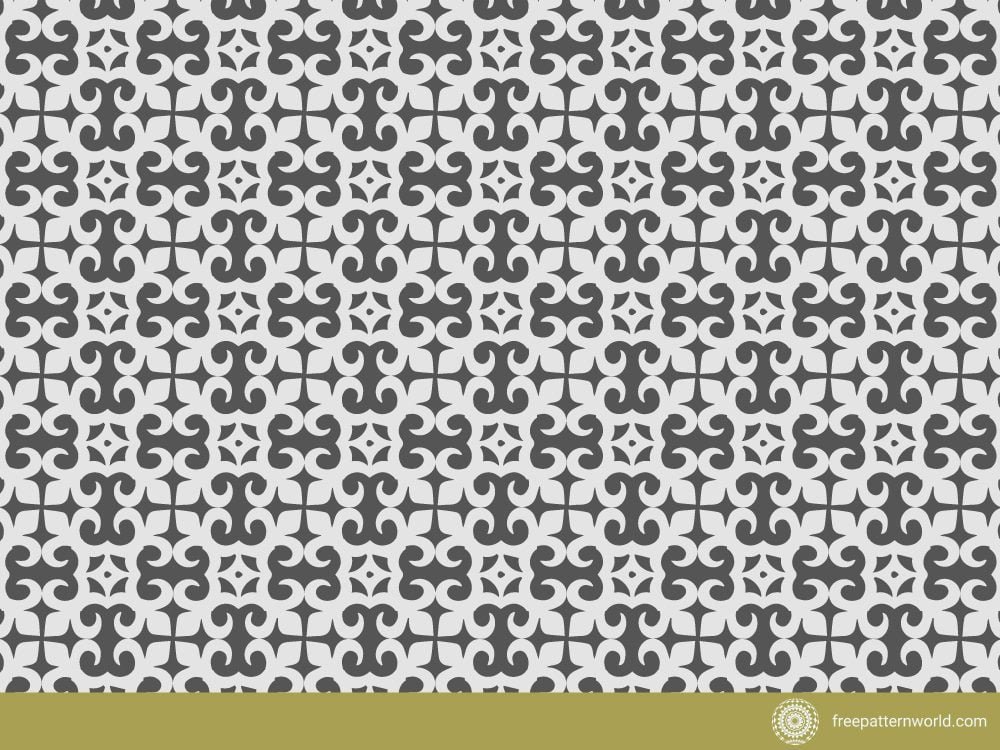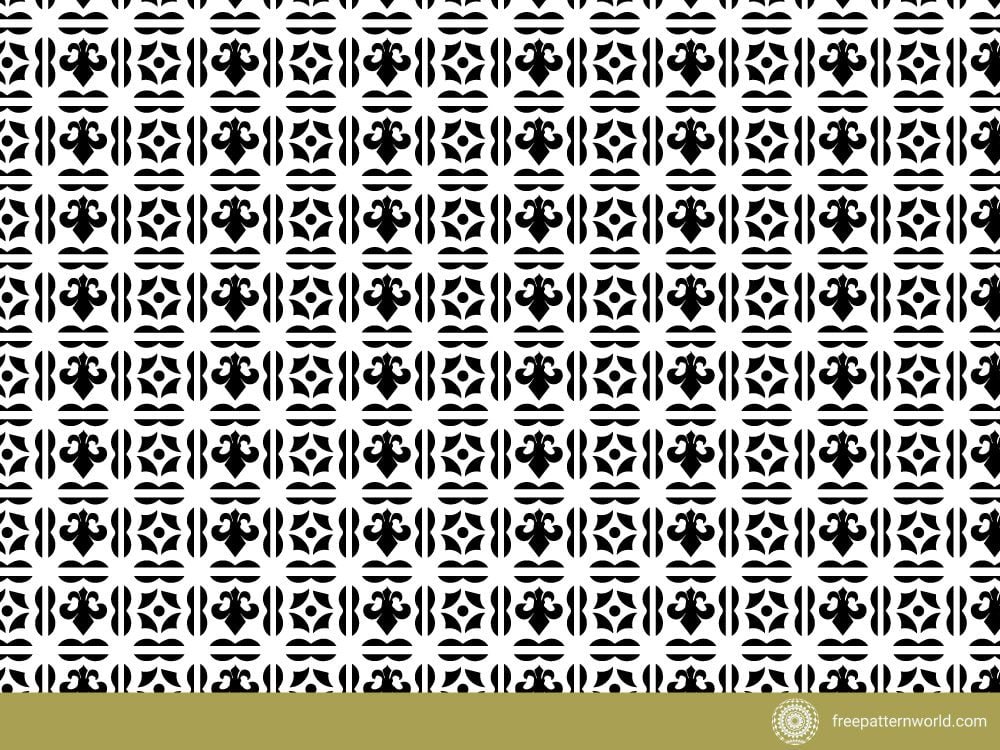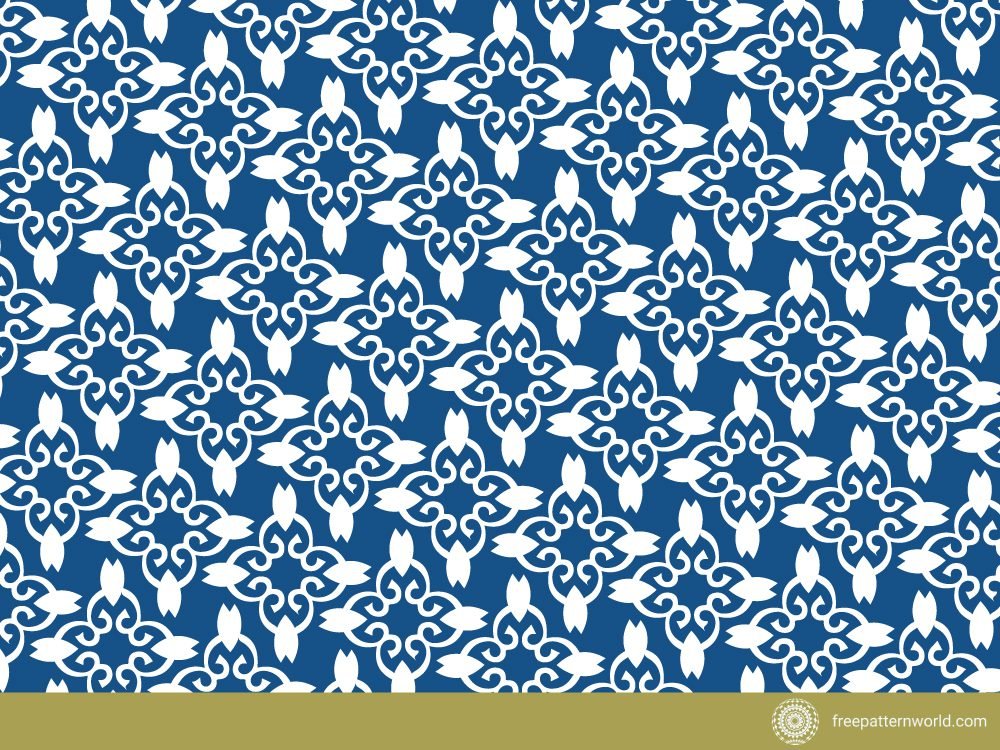
Moroccan patterns are renowned for their intricate designs, vibrant colors, and rich cultural heritage. They capture the essence of Moroccan artistry, blending geometric precision with organic motifs. Whether you’re looking to add a touch of exotic elegance to your home decor, fashion, or artistic projects, Moroccan patterns offer a timeless appeal that can transform any space. Here are the top five Moroccan designs that are sure to inspire you.
Zellige (Zellij) Moroccan Pattern
Zellige, or Zellij, is a traditional Moroccan mosaic tilework made from individually hand-chiseled geometric tiles set into a plaster base. These patterns are characterized by their geometric precision and intricate designs, often featuring stars, polygons, and other complex shapes.

Why It’s Great:
- Intricate and Detailed: Adds a sense of craftsmanship and artistry.
- Versatile Applications: Ideal for floors, walls, fountains, and tabletops.
- Timeless Elegance: Offers a classic look that never goes out of style.

Design Tips:
- Use Zellige tile patterns as a backsplash in kitchens or bathrooms.
- Incorporate into tabletops and countertops for a unique, handcrafted look.
- Pair with neutral tones to let the intricate patterns stand out.

Moroccan Trellis Patterns
he Moroccan trellis pattern, also known as the Moroccan quatrefoil, features interlocking arches and loops, creating a repetitive and symmetrical design. This pattern is both bold and elegant, making it a popular choice in contemporary design.

Why It’s Great:
- Bold and Elegant: Makes a strong visual impact.
- Modern Appeal: Fits well with contemporary and transitional design styles.
- Easy to Implement: Works well on wallpapers, fabrics, and rugs.

Design Tips:
- Use Moroccan trellis patterns in living rooms and bedrooms as wallpaper or accent walls.
- Incorporate into area rugs and curtains to add a touch of elegance.
- Combine with metallic accents like gold or brass for a luxurious feel.
Moroccan designs offer a wealth of inspiration for anyone looking to add a touch of exotic elegance to their decor. From the intricate Zellige tile patterns to the bold Moroccan trellis, the ornate Arabesque, the culturally rich Berber rug patterns, and the functional yet beautiful Mashrabiya designs, there is a Moroccan pattern to suit every taste and style. By incorporating these patterns into your home, fashion, or artwork, you can create a space that is both visually stunning and deeply rooted in cultural heritage. Let these top five Moroccan pattern designs guide you on your journey to creating an enchanting and timeless aesthetic.
To download more Click here.
Download more free pattern designs from freepatternword and freepik.
Top Graphic design service provider – Click here.
What are the top five Moroccan pattern designs?
Zellige (Zellij) Tile Patterns
Moroccan Trellis Patterns
Arabesque Patterns
Berber Rug Patterns
Mashrabiya Patterns
Can Moroccan patterns be mixed with other design styles?
Yes, Moroccan designs can be mixed with various design styles. For example, Zellige tiles can be paired with neutral tones in contemporary spaces, Moroccan trellis patterns can be combined with metallic accents for a luxurious feel, and Berber rugs can complement rustic or bohemian decor.
Are Moroccan design suitable for both residential and commercial spaces?
Absolutely. Moroccan patterns are versatile and can be used in both residential and commercial spaces. They add a touch of exotic elegance and cultural richness, making them suitable for homes, hotels, restaurants, and retail spaces.
How can I incorporate Moroccan design without overwhelming the space?
To incorporate Moroccan patterns without overwhelming the space:
Use them as accent pieces, such as feature walls, rugs, or cushions.
Pair them with neutral or monochrome furniture to let the patterns stand out.
Balance bold patterns with simpler, more understated decor elements.



